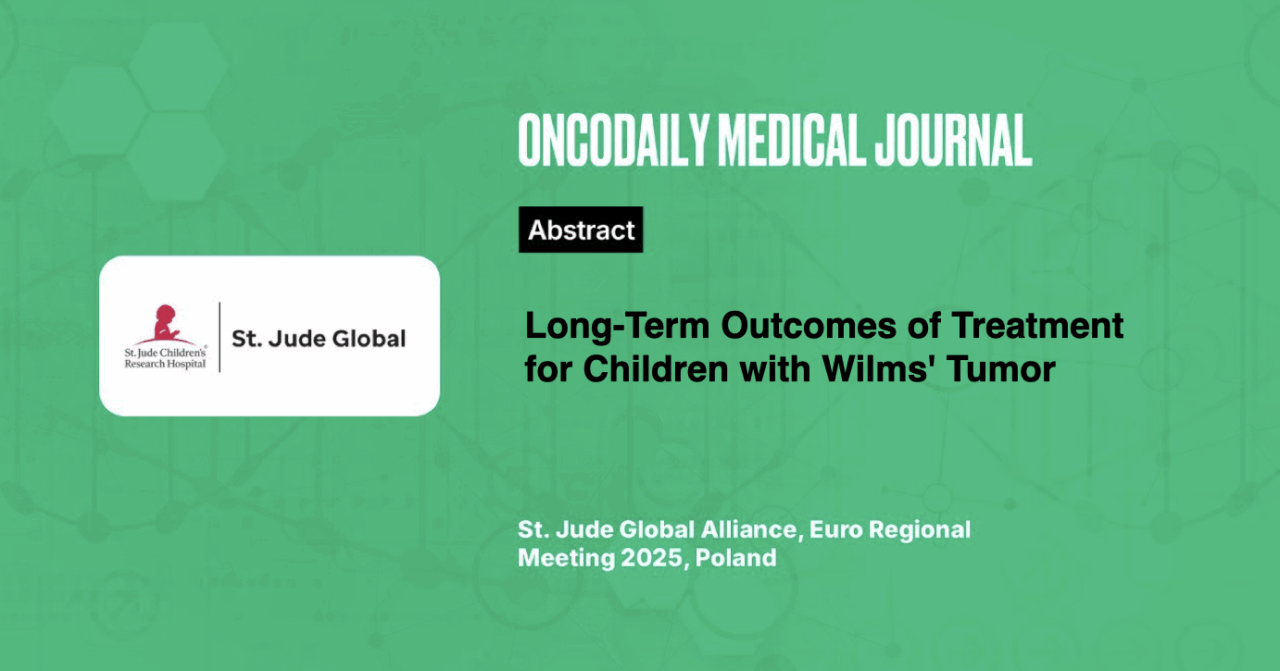Long-Term Outcomes of Treatment for Children with Wilms’ Tumor
Abstract
Introduction: Wilms’ tumor (WT) is highly sensitive to chemotherapy and radiation therapy. The histological characteristics of the tumor and the stage of the disease are the most significant prognostic factors. The treatment of WT serves as a paradigm for multimodal treatment of malignant solid tumors in childhood, incorporating chemotherapy, surgery, and radiation therapy to achieve optimal outcomes.
Methodology: Since 2013, the treatment of WT has followed the SIOP WT-2001 and 2018 SIOP RTSG protocols. A total of 59 patients (33 boys, 26 girls) were treated, with an age range of 6 months to 16 years and an average age of 3 years and 5 months. Among these patients, 4 (6.8%) were diagnosed with stage I, while 22 (37.3%) had stage II, 19 (32.2%) had stage III, and 14 (23.7%) had stage IV disease. Notably, 55.9% of patients presented with stage III or IV disease.
Following 4-6 weeks of chemotherapy (vincristine, dactinomycin, adriamycin), all patients underwent surgical treatment (nephrectomy or partial nephrectomy). After morphological evaluation, patients were classified into risk groups: low-risk (4 patients, 6.8%), standard-risk (34 patients, 57.6%), and high-risk (21 patients, 35.6%). Postoperative chemotherapy was administered according to protocol guidelines.
Results: Patient survival rates were assessed using the Kaplan-Meier method, with survival differences between groups analyzed using the log-rank test. The overall 5-year survival rate for all patients was 87%±5%, while the event-free survival rate was 84%±5%. Notably, 33 out of 59 patients had stage III-IV disease, and 21 patients belonged to the high-risk group. Interestingly, treatment outcomes for right-sided WT were superior to those for left-sided WT, with 5-year survival rates of 96%±7% and 76%±7%, respectively.
Conclusion: The SIOP WT-2001 and SIOP RTSG protocols have proven effective in the treatment of Wilms’ tumor, even in a patient cohort with a high prevalence of stage III and IV disease. However, the significant proportion of late-stage cases highlights the need for early detection measures to improve the diagnosis of kidney tumors in children. Increased awareness and screening programs are essential to achieving earlier diagnosis and improved treatment outcomes in the region.





